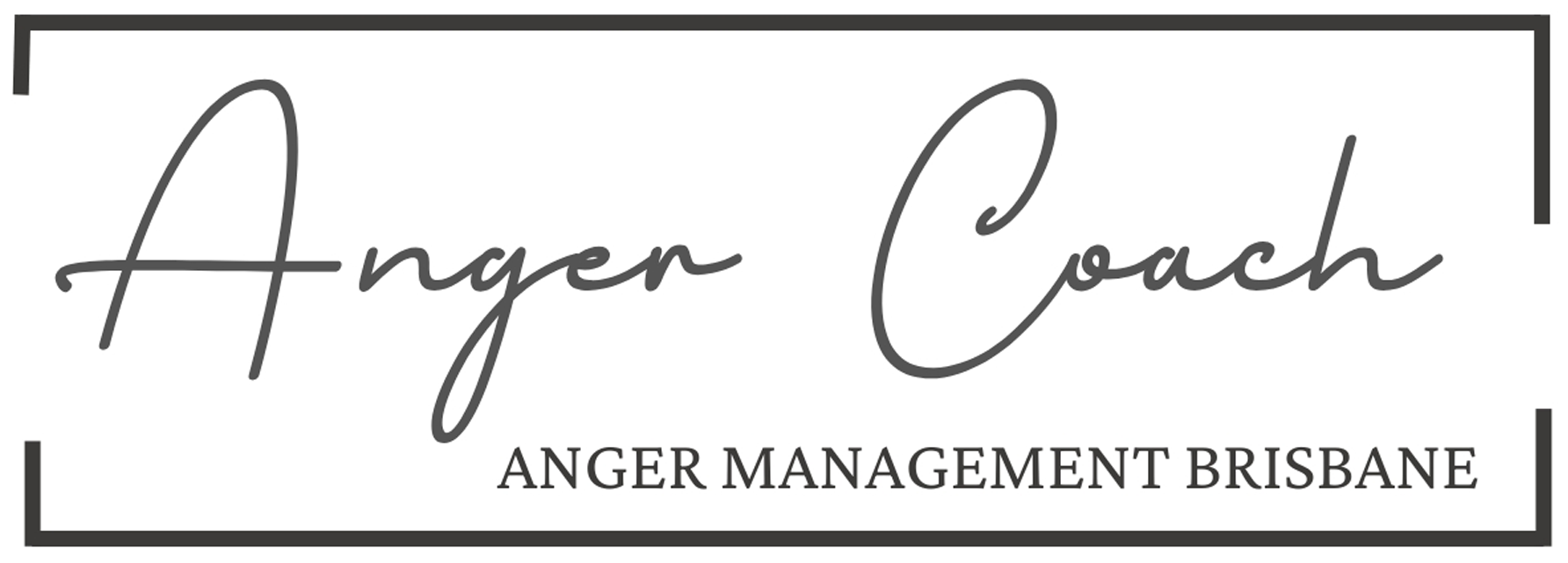A Workplace Pressure Cooker
Walk into many of today’s workplaces and you might feel it. It’s a low, constant, background hum. It’s tension in the air. It burbles beneath the surface and in interactions between staff from all levels. Overwhelm, agitation, aggravation. In recent times, many business owners are increasingly taken aback by how often workplace anger shows up. Plenty of businesses are used to demanding and tetchy customers! But when conflict bubbles over between staff members who otherwise have great track records as professional, capable and amenable, it can be a shock to the system. To all systems. Outbursts of anger in the workplace affects everyone, at all levels and can be corrosive. It’s a vigilant and proactive employer or management team who take the right action – fast.
Daily overwhelm creeping in
People are arriving at work already stretched. There are rising living costs and family pressures. The endless “ping” of digital life means many employees step through the door with a nervous system that’s already on high alert. The research backs this up: ongoing stress and lack of recovery time are known to reduce our ability to regulate emotions effectively (Brosschot & Thayer, 1998; McEwen, 2004). When the brain is overloaded, the smallest trigger can ignite an outburst or explosion. Something as little as a tone of voice, a careless comment or a sudden change of approach even, can trigger something very disruptive.
What looks like a bad temper or a short fuse is usually an emotional reaction in disguise. It can be due to general life stresses, overwhelm or a feeling of insecurity. Sometimes it can be perceived disrespect or a dismissal or belittling of a person’s capability or expertise. If our values are challenged or we are somehow shamed, feelings of injustice can spark and emotions can flare. Couple this understandable ‘being on edge’ – not uncommon in groups of people – with an overlay of life’s pressures and seemingly increasing uncertainty in the world, and we’re all on tenderhooks.
We don’t know what we don’t know
Most of us were never taught how to calm the body or name or describe what it is that we’re feeling. Let alone working all this out before we react. Instead of responding mindfully (Oh! How we wish!), frustration can leak out as curt emails, simmering resentment or more visibly and somewhat alarmingly – raised voices. And worse. Any of these effects spread through the workplace. In short, workplace anger is rarely about the work itself – but it affects the work. It’s a sign that underlying emotions are at play, possibly that emotional energy is being mismanaged and that people simply lack the tools to steady themselves when pressure builds.
Recognising what’s going on is the first step toward mitigating damage caused by workplace. Employees with anger issues aren’t the problem — unmanaged overwhelm and underlying, unregulated emotions usually is the problem.
Anger – an Umbrella Emotion
Many of us have been there at some stage or other. There’s that moment when frustration takes hold, annoyance builds, and words come out more sharply than we meant them to. It’s only later that we realise that our outburst wasn’t really about the actual situation at all.
For example: we weren’t really so bothered that our co-worker left the tool they were using lying out – again – or that they didn’t refill the paper in the photocopier – again.
It’s that what they did was just ‘the last straw’ in a long line of experiences. It is that we find ourselves always tidying up after people, always fixing things, always doing the extra yards, when no-one else seems to bother. (Insert any number of different scenarios along these lines. At work and/or in our personal lives.) We’ve had enough, finally, and we snap.
A secondary emotion
Anger often sits on top of something else. Psychologists call anger a secondary emotion because it tends to appear following another feeling or emotion. And it’s that underlying feeling or emotion that’s harder for most of us to express. If we haven’t been taught how to do this, it doesn’t normally come naturally. Anger often follows feelings and emotions like:
- fear,
- hurt,
- guilt, or
- a sense of being treated unfairly (Tavris, 1982).
In the workplace, our complex human emotions can come to a head and the results can show up in unexpected and sometimes surprising ways. An employee who snaps at a colleague might actually be feeling anxious about job security. Another employee who seems constantly irritated and rude may be carrying a huge weight of responsibility or stress in their personal life, and no one to support them in dealing with it. Because anger feels more energised and protective than sadness or fear, it becomes the body’s way of regaining a sense of control (Averill, 1982).
The problem is that expressing anger in the workplace over any given issue doesn’t solve the underlying problem. It just spreads tension and uneasiness throughout the team. Throughout the company. Throughout the company culture.
When employees with anger issues don’t understand what’s sitting beneath their angry reactions, they can’t deal with it. They feel it, but they don’t know how to identify it. They don’t have the tools to deal with any of the emotions constructively. Let alone the anger.
Over time, the situation leads to poor communication, resentment, and a culture where people walk on eggshells instead of speaking openly. It also leads to increased absenteeism, because people feel unhappy and even unsafe at work.
Emotional education
This is where emotional education makes all the difference. For emotional education read emotional intelligence or EQ. Whoever heard of being educated in our emotions? Reading, writing and arithmetic – certainly! But understanding and dealing with our full array of human emotions? How useful would that have been in our life? Fortunately, we’re now getting wiser.
Through targeted anger management training in the workplace, employees can learn how to recognise the early signs of rising emotion and respond before it takes over.
At Anger Management Brisbane, Coach Tony Matthews works with individuals and teams to unpack what’s really driving those reactions — fear, pressure, frustration or exhaustion — and replace the old habits and reactions with calmer, thought out and deliberate responses.
Understanding anger doesn’t mean excusing it. We’re not opening the door for poor behaviour! Quite the opposite. It means recognising signs of troubling emotions clearly enough to work with them before it turns into something that harms relationships, safety, employee wellbeing and company productivity.
The Ripple Effect: A Single Employee’s Anger Affects the Whole Team, Company Morale and Culture
When there’s even just a single angry exchange between two colleagues in the workplace, it’s never going to stay neatly contained between those two people! There’s an effect that ripples outwards from those two. Others who weren’t even involved can be emotionally affected – uneasy and upset, even afraid for their safety. Even well-established workplaces with great company culture, good employee rapport and a great history of good attendance and great leadership can be completely rattled by a sudden, unexpected explosive incident between two employees.
How can such ‘butting of heads’ come about? Often it starts with personality types. Some personality types respond to each other by matching the energy of the other. They push back when challenged or affronted. They defend themselves or lash out. Others withdraw, trying to avoid the conflict altogether. Both reactions are natural, but left unchecked, they can undermine a team’s previously healthy culture.
Like a virus
Research on ‘emotional contagion’ shows that feelings — especially strong ones like anger — can spread through groups almost like a virus (Barsade, 2002). A single outburst or simmering resentment can lift everyone’s stress levels, which in turn affects concentration, performance and even physical health (Brosschot & Thayer, 1998). The workplace becomes reactive rather than responsive.
For business owners, the cost isn’t always obvious at first. Attendance slips. Productivity wavers. The best staff can begin looking for employment elsewhere, craving a calmer and more stable work environment. What began as one employee with anger issues can quietly erode morale across an entire organisation. There goes a profitable and successful business.
Addressing workplace anger
Besides the human issue, the affect on the business as a whole is why addressing anger issues that arise in the workplace matters so much. It’s not about blame, though. It’s about wisdom, education, quick interception and, ultimately, prevention. When employees (and managers) learn to recognise and manage their emotions — and when managers understand how to support that process — the same ripple effect works in a positive way. Calm spreads, communication improves, and trust can be rebuilt.
At Anger Management Brisbane, Coach Tony Matthews helps teams identify those underlying patterns and restore balance before conflict becomes culture.
Anger Support is Available for Workplaces
Anger at work can seem surprising and feel unexpected and unpredictable. But actually, it’s rarely random and is unlikely to occur without reason. It’s actually very often a signal. Anger is usually sign that people are under pressure, emotionally off-kilter, or unsure how to express what’s really going on inside. When we respond to anger as useful information rather than defiance or bad behaviour, it becomes possible to turn conflict into an opportunity. A team that understands emotions is a team that can work better together. (This goes for personal lives as well, of course!) Teaching emotional regulation isn’t about wishy-washy soft skills; it’s about creating a culture where people can speak up without blowing up.
That’s where lasting change begins.
If you’ve noticed rising tension, frequent misunderstandings, or staff who seem constantly on edge, it may be time to bring in some structured support.
Coach Tony at Anger Management Brisbane offers anger management training for employees and workplaces , helping staff develop emotional awareness, communication skills, and practical tools for maintaining calm under pressure.
To learn more or book a confidential discussion about your workplace needs, visit Anger Management Brisbane or email office@tonymatthews.com.au.
References
Averill, J. R. (1982). Anger and Aggression: An Essay on Emotion. Springer-Verlag.
Barsade, S. G. (2002). The ripple effect: Emotional contagion and its influence on group behavior. Administrative Science Quarterly, 47(4), 644–675.
Brosschot, J. F., & Thayer, J. F. (1998). Anger inhibition, cardiovascular recovery, and vagal function: A model of the link between hostility and cardiovascular disease. Annals of Behavioral Medicine, 20(4), 326–332.
McEwen, B. S. (2004). Protection and damage from acute and chronic stress: Allostasis and allostatic load over the life course. Annals of the New York Academy of Sciences, 1032(1), 1–7.
Tavris, C. (1982). Anger: The Misunderstood Emotion. Simon & Schuster.

